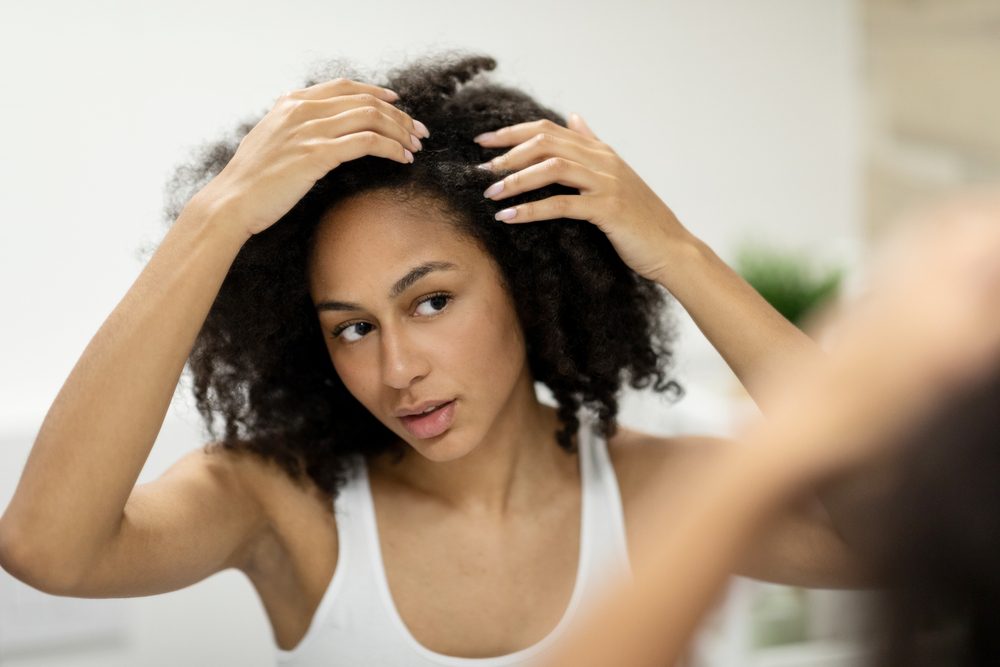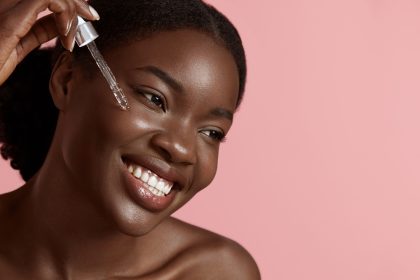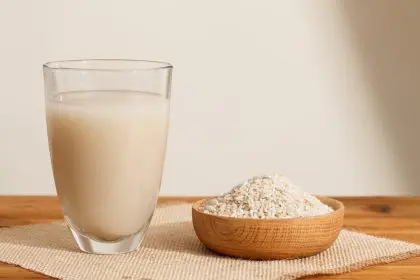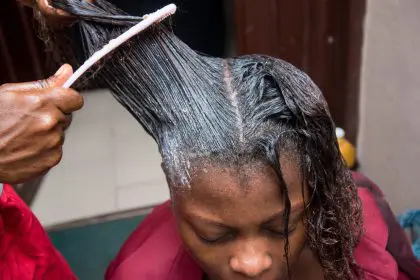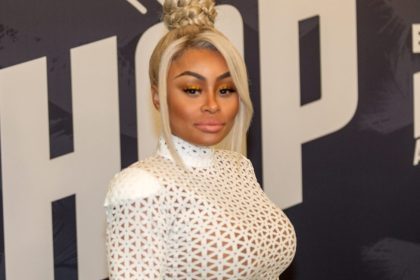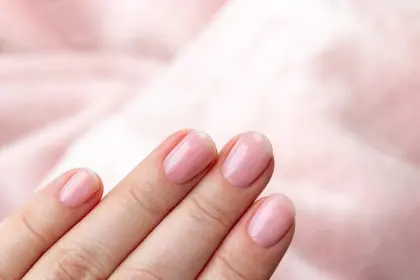That constant oily feeling got you down? We’ve all been there — freshly washed hair that somehow looks like it needs another wash by lunchtime. But before you reach for the dry shampoo (again), let’s talk about why your strands get greasy and what you can actually do about it.
Why your hair gets so darn greasy
The science behind the shine
Your scalp naturally produces sebum (that’s the oil we’re talking about), which is actually good for your hair in the right amounts. It helps protect your strands and keep them moisturized. But when there’s too much of it? Hello, greasy mess.
Several factors can trigger your scalp to go into oil-production overdrive:
- Washing too frequently (or not enough)
- Heavy products creating buildup
- That pizza you had for lunch (yes, diet matters)
- Underlying scalp conditions
- Touching your hair constantly (we’re all guilty)
The annoying part? Sometimes trying to fix the problem makes it worse. Washing daily can actually train your scalp to produce more oil to replace what you’re stripping away. It’s a vicious cycle that’s tough to break.
The ultimate greasy hair game plan
1. Find your perfect wash schedule
There’s no one-size-fits-all answer to how often you should wash your hair. While some people with oily scalps benefit from daily washing, others might find that cutting back to every other day helps retrain their scalp to produce less oil.
The key is experimenting to find what works for your specific hair type. Start by trying to extend your wash by one day, using dry shampoo if needed, and see how your scalp responds after a couple of weeks.
2. Choose shampoo strategically
Not all shampoos are created equal when it comes to fighting grease. Look for lightweight formulas that won’t weigh down your hair. Ingredients like tea tree oil, witch hazel, and citrus extracts can help manage oil production without stripping your scalp completely.
Avoid shampoos marketed as “hydrating” or “moisturizing” — these often contain heavier ingredients that can make oiliness worse.
Ditch these greasy hair culprits
3. Say goodbye to sulfates (mostly)
While sulfates get a bad rap, the relationship with greasy hair is complicated. Traditional sulfates can strip your hair of natural oils, potentially triggering more oil production. However, going completely sulfate-free might not work either if those gentler cleansers don’t remove enough oil.
A middle-ground approach: Try a mild sulfate shampoo or a sulfate-free formula specifically designed for oily hair types.
4. Customize your conditioner strategy
If you’re applying conditioner from root to tip, you might be adding unnecessary moisture to your already oily scalp. Instead:
- Apply conditioner from mid-lengths to ends only
- Choose lightweight, volumizing conditioners
- Consider skipping conditioner occasionally if your ends aren’t particularly dry
- Try a separate, lightweight leave-in product just for ends if needed
5. Banish buildup regularly
Product residue can accumulate on your scalp and hair, making greasiness worse over time. Incorporate a clarifying shampoo into your routine once a week to remove this buildup and give your hair a fresh start.
The lifestyle tweaks that make a difference
6. Keep your hands off
Every time you touch your hair, you transfer oils from your fingers to your strands. Breaking the habit of playing with, twirling, or constantly adjusting your hair can significantly reduce greasiness throughout the day.
7. Clean your tools
Your brushes, combs, and styling tools collect oils, dead skin cells, and product residue over time. If you’re not cleaning them regularly, you’re essentially redistributing all that gunk back into your clean hair.
Aim to clean brushes and combs at least once a month by soaking them in warm water with gentle shampoo, then rinsing thoroughly.
8. Rethink your heat styling
Excessive heat styling can stimulate the oil glands in your scalp. Try embracing air-drying more often, using cooler settings on your tools, or exploring heat-free styling methods.
Bonus: Less heat means healthier hair overall!
When to call in the professionals
9. Try a scalp detox treatment
Sometimes your scalp needs a reset. Professional scalp treatments or at-home detoxifying masks can help remove buildup, balance oil production, and create a healthier environment for hair growth.
Look for ingredients like clay, charcoal, or salicylic acid, which can absorb excess oil and gently exfoliate the scalp.
10. Get a professional opinion
If you’ve tried everything and still can’t get a handle on your greasy hair, it might be time to consult with a dermatologist. Excessive oiliness can sometimes signal underlying conditions like seborrheic dermatitis or hormonal imbalances that require specialized treatment.
DIY solutions worth trying
Apple cider vinegar rinse
This kitchen staple can help balance your scalp’s pH and dissolve oil buildup. Mix one part apple cider vinegar with five parts water, apply to your scalp after shampooing, let it sit for a few minutes, then rinse thoroughly. The vinegar smell dissipates once your hair dries.
Tea rinse
Black tea contains tannins that can help reduce oil production. Brew a strong cup, let it cool, then use it as a final rinse after washing your hair.
The bottom line on banishing grease
Managing greasy hair typically requires a multi-pronged approach. Experiment with different wash schedules, products, and techniques to find what works for your unique hair type and lifestyle.
Be patient — it can take several weeks for your scalp to adjust to any new routine. The goal isn’t necessarily to eliminate oil completely (some natural oils are good for your hair!), but rather to find a balanced state where your hair looks fresh longer and feels healthier overall.
With the right approach, you can break free from the constant wash-and-repeat cycle and enjoy hair that stays cleaner, longer. Your scalp will thank you, and you’ll save time, money, and frustration in the long run.

